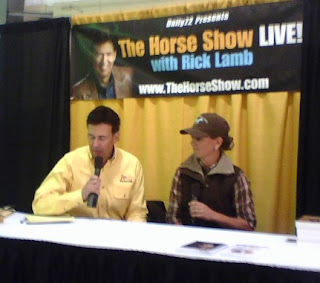
Alternative Horsemanship™ with Samantha Harvey the Remote Horse Coach shares horse training and horseback rider coaching, philosophies, and approaches she has developed over three decades. Offering horsemanship clinics worldwide, distance horse coaching instruction, equine consultations, equine re-education and rehabilitation, colt starting, and lessons. Follow her #alternativehorsemanship on all social media platforms.
Pages
- What is Alternative Horsemanship?
- About Equestrienne and Horse Coach Samantha Harvey
- Full Immersion Horsemanship Clinics
- Remote Horse Coach- Personalized Distance Learning with Alternative Horsemanship
- Video Courses & Classes
- Horse Behavior Course
- Horse Shopping Help Online Course
- Livestream w Q & A
- Horse Webinars
- Alternative Horsemanship Client Testimonials
- YouTube
- TikTok
- Newsletter
- Horse Humor Journal
Seeing the Details- Learning Horse Behavior
LIVE Q & A Alternative Horsemanship Videos
Learning to read Horse Behavior
Refining Ground Work with the Horse
Refining Ground Work with the Horse
Whenever I show up to work with a horse I go through a mental checklist assessing things such as:
- Where is the horse’s mind today?
- How is the horse looking/feeling in his postures, breathing, and movement?
- What was the feeling or energy he offered when greeting me in his pasture or stall?
- Does he seem mentally available as I ask to halter, lead, and stop at the gate?
Bolting Horse and other Unwanted Behavior
Having not seen the horse or knowing their history, here is my initial take on this common scenario.
Improving your Equine Skill Set
Improving your Equine Skill Set
Everything that we do in life requires different skill sets. Unfortunately, when it comes to horses, many folks approach it as an "I bought it, I should be able to do it." But the reality can turn out quite different.
One of the challenges for both pleasure and competitive riders is prioritizing the time and having the mental clarity to build their skill set when it comes to their horsemanship.
Fear Limiting our Horsemanship
"Last time I tried to ___________ my horse __________ and I don't want that to happen again."
"What if my horse _______, then we won't be able to _______, so I better not ________ to cause an issue."
Information is a wonderful tool for advancing and improving your relationship with the horse. If for a moment we set aside the cliche "good" or "bad" categories when thinking about our experiences, and instead saw them as more information to make better-educated decisions in how we approach working with the horse in the future.



